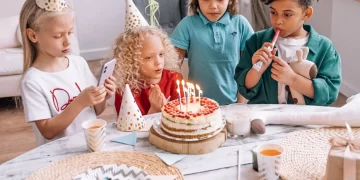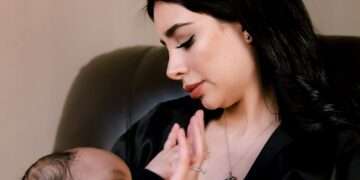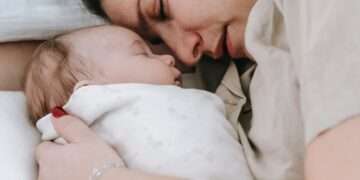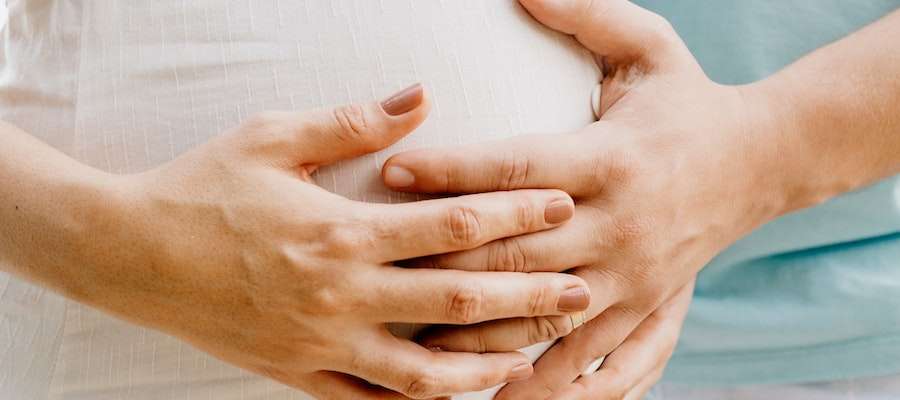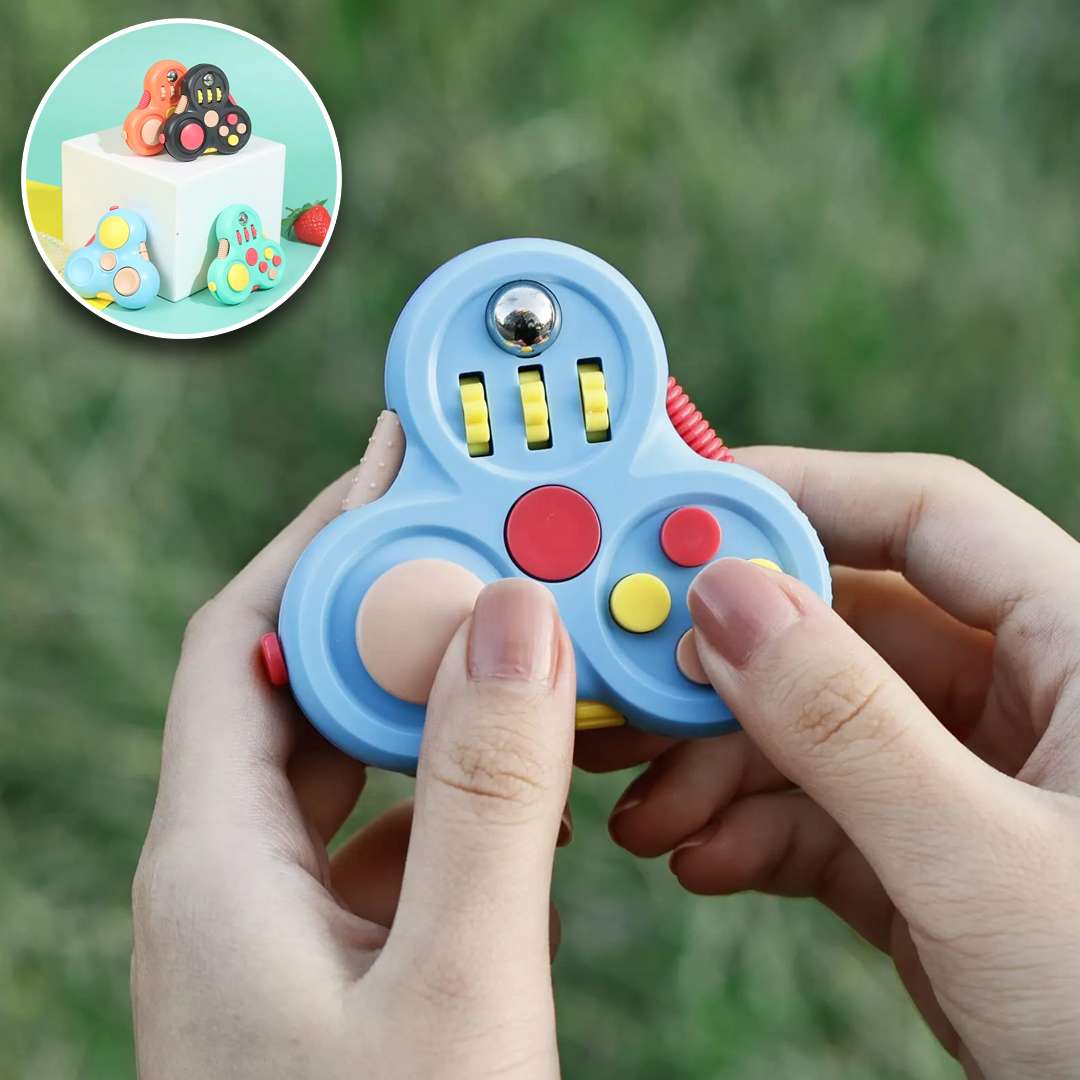
Stimulating Physical Development in Children: A Guide for Parents
Physical development is a vital aspect of a child’s growth, encompassing the acquisition of motor skills, muscle strength, and coordination. As a parent, you play a pivotal role in fostering your child’s physical development. This guide provides insights and practical tips on how to stimulate physical development in your child. Physical development in children is a crucial aspect of their overall growth. It is essential for parents and caregivers to understand how to stimulate physical development in kids.
Physical development
Physical development (PD) is the best way for the growth and development of both the brain and body in infancy and early childhood. Young preschoolers are brimming with energy. That’s a good thing in terms of stimulating physical development because it’s the repeated movement of large and small muscle groups that builds and refines how well these parts of the bodywork. Large stimulating physical development (or gross motor skills) develop first. That’s why 2-, 3-, and 4-year-olds tend to do more running, jumping, reaching, and wiggling than sitting still when using their hand muscles for, say, drawing or manipulating small toys. But it’s a good idea to spend time on both kinds of activities.
- Encourage Active Play
Active play is the cornerstone of physical development. Encourage your child to run, jump, climb, and explore. Activities like tag, hide-and-seek, and ball games enhance motor skills, balance, and coordination. - Provide Safe and Varied Environments
Offer a safe space for exploration both indoors and outdoors. Varied environments stimulate different muscle groups. Ensure that the play areas are free of hazards, allowing your child to move and explore with confidence. - Balance Fine and Gross Motor Skills
Physical development includes both fine motor skills (small movements like finger dexterity) and gross motor skills (larger movements like crawling and walking). Balance activities that promote both types of skills to support comprehensive physical growth. - Make Tummy Time a Daily Ritual
Tummy time is crucial for strengthening neck and shoulder muscles. It also encourages crawling, which is a fundamental milestone. Begin tummy time from an early age and gradually increase its duration. - Encourage Outdoor Activities
Outdoor play exposes children to various sensory experiences. It also allows them to engage in activities like digging, running, and swinging, which contribute to physical development. - Provide Age-Appropriate Toys
Choose toys that challenge your child’s physical abilities. Building blocks, puzzles, and toys that require grasping and manipulation can improve fine motor skills. Toys like tricycles or push toys promote balance and coordination. - Foster Positive Social Interaction
Playdates and group activities encourage children to interact with peers. Socializing helps develop not only physical but also cognitive and emotional skills. It also motivates them to engage in cooperative play. - Support a Healthy Diet
A balanced diet is essential for physical growth. Ensure your child receives adequate nutrition for muscle and bone development. Include fruits, vegetables, lean proteins, and whole grains in their meals. - Celebrate Milestones
Celebrate your child’s physical milestones, no matter how small. From the first steps to riding a bike, each achievement is a testament to their growth. Acknowledgment and encouragement boost their self-confidence. - Provide Opportunities for Creativity
Creative activities like drawing, painting, and crafts enhance fine motor skills and hand-eye coordination. These activities also engage the brain, further promoting holistic development. - Maintain a Consistent Sleep Schedule
Adequate sleep is crucial for physical development. Ensure your child follows a regular sleep schedule, as it supports muscle recovery and overall growth. - Lead by Example
Children often imitate their parents. Be a role model by staying physically active and engaging in healthy habits. Encourage family activities that promote physical development. - Seek Professional Guidance
If you have concerns about your child’s physical development, don’t hesitate to consult a pediatrician or child development specialist. They can provide valuable insights and recommendations.
The Best Effective Ways To Boost Physical Development In Children:
1. Nutrition: Children can lose developmental potential and suffer long-term health problems due to poor nutrition and early learning opportunities. A nutrient-rich diet containing ample fiber, protein, healthy fats, vitamins, and minerals aids the physical growth of your child. When a child or adolescent’s diet has an excess of high-fat, high-sugar, and high-salt foods, nutritional deficiencies can emerge. Overconsumption of unhealthy foods and beverages can lead to ill health and weight gain.
2. Genetics: The parents’ genes influence the physical characteristics of a child. The interplay of genes and environmental factors, such as toxic stress and poor nutrition, can significantly impact a child’s physical development.
3. Low socioeconomic status: Due to lack of proper facilities and good nutrition, children born to families of low socioeconomic status are susceptible to growth restrictions and can experience delays in motor development
4. Physical activity: Children should be encouraged to take part in physical activities during the day for good growth and development. Physical activity levels among children and parents are known to be linked; hence, inactive parents are more likely to produce inactive children. Encourage your children to participate in sports, spend time outdoors, and exercise, as lack of physical activity is linked to several health problems, including obesity, high blood pressure, and diabetes. Sleep also plays a crucial role in the mental and physical development of children as it helps in restoring their energy.
5. Environment: A child’s environment has a significant influence on their well-being. Some environmental factors that can influence children’s physical development include toxins and pollutants, noise, hygiene conditions, crowding, chaos, housing, school, and neighborhood quality and safety.
6. Infections: Infections such as diarrhea and pneumonia can disrupt a child’s normal growth. As per a study published in The Journal of Nutrition, “Infections may decrease food intake, impair nutrient absorption, cause direct nutrient losses, increase metabolic requirements or catabolic losses of nutrients and, possibly, impair transport of nutrients to target tissues.” By altering the nutritional status, such infections can reduce linear growth in your children. Children born in emerging countries are highly susceptible to these infections.
Ways to Encourage Stimulating Physical Development
Children grow and develop rapidly in their first five years across the four main areas of physical development. These areas are motor (physical), communication and language, cognitive, social, and emotional. Motor development means the growth and strengthening of a child’s bones, muscles, and ability to move and touch his/her surroundings. A child’s motor development falls into two categories: fine motor and gross motor.
Fine physical development refers to small movements in the hands, wrists, fingers, feet, toes, lips, and tongue. Gross motor skills involve the development of muscles that enable babies to hold up their heads, sit and crawl, and eventually walk, run, jump, and skip.
Parents and caregivers can help develop a child’s physical development skills at all ages, starting by recognizing its general sequence. It starts from the inner body, including the head, neck, arms, and legs, and then moves to the outer body, such as hands, feet, fingers, and toes. However, it’s important to remember that each child develops differently. Here are ideas to encourage motor development at different ages.
Infant/baby:
- Practice tummy time for a few minutes, increasing the time slowly as muscles get stronger.
- Place toys nearby so your baby can move and reach for them.
Around the age of 1:
- Let your baby turn the pages of a book when you read with him/her. Provide toys with moving parts that stay attached. Play games and sing songs with movements that your child can imitate.
- Encourage your toddler to build a tower of four or more blocks. Play parade or follow the leader with your toddler. Help your toddler to explore things around him/her by going on a walk or wagon ride. Gently roll a ball to your little one, and ask your toddler to roll it back.
- When outdoors, have your child run between you and another adult or a landmark. Practice standing on one foot, and count to see how long he/she can stay still. Throw a soft, squishy ball back and forth. Do arts and crafts projects using playdough, scissors, and small beads on a string. Have your child help with simple household chores. Give your child crayons, markers, and a variety of play materials.
How can you stimulate a child in physical development?
Supporting Children’s Physical Development–
- Providing children with opportunities for free movement.
- Engaging children in both open-ended and teacher-directed indoor and outdoor motor play.
- Challenging children with developmentally appropriate fine and gross motor tasks.
What activities promote physical development?
Stimulating physical development is essential for overall well-being and health. It encompasses various activities and practices that promote the growth and maintenance of the body’s physical capabilities. Examples of these activities include running, climbing, lifting, throwing, pushing, pulling, balancing, and practicing fine motor skills. Physical growth activities also include the development of self-care skills, such as eating, toileting, dressing, and undressing. Engage in activities that foster independence.
Why is physical development important?
The importance of physical development for toddlers lies in the fact that children grow at a much faster pace. Hence, it is important to track the various changes that are taking place. There are multiple benefits of physical development to children and it also significantly affects the pace of their learning. So, you always need to know if your children have been growing both mentally and physically per defined standards. Exhaustive research conducted in this sphere has shown that children grow faster than adults. The physical development of a baby refers to the maturity of its limbs and overall body parts.
Physical development competence is a major factor influencing social acceptance in children of all ages and sexes. The development of movement skills influences cognitive skills, memory, attention, and thinking skills for your baby. Physical Development brings a child into contact with new challenges that affirm or test their self-esteem.
A focus on physical development in the early years is extremely important and brings about many positive benefits for children. Exposure at an early age helps to build life-long healthy habits that follow a trajectory path in later life. These positive benefits for children include but are not limited to:
1. Emotional and social
- Builds confidence in a child
- Allows children to engage in real-life experiences
- Enhances children’s lives by ensuring optimal stimulation within the home environment
2. Health and physical development
- Improving and developing fine and gross motor skills
- Increase muscle and bone strength, flexibility, and lipid profiles
- Decrease the risk of developing comorbidities later on in life
3. Academics
- Increasing cognitive skills (aptitude, attention, and memory)
- Enhancing academic achievement
How to encourage movement and healthy habits in your children:
Parents and family members play a massive role in their child’s development from a young age. Children who have active parents or family members are more likely to engage in movement sessions and participate in well-being strategies, compared to children who are not exposed to daily physical activity sessions or healthy habits.
Focusing on some fun fundamental movement skills in the home environment can help lay the foundation for developing lifelong healthy habits. The Kids Collab Online Community gives you access to a variety of creative tasks and activities to introduce these healthy habits and well-being strategies. Why not take a look here, at some simple examples from the Kids Collab Online Community?
Here are some benefits you may get with regular physical development:
Getting children healthy and active in the early years has so many exciting benefits. With Kids Collab, you can empower yourself with age-appropriate and knowledge-based content to focus on these elements in the home environment.
- Helps you quit smoking and stay tobacco-free.
- Boosts your energy level so you can get more done.
- Helps you manage stress and tension.
- Promotes a positive attitude and outlook.
- Helps you fall asleep faster and sleep more soundly.
- Improves your self-image and self-confidence.
- Helps you spend more time outdoors.
Stimulating physical development in children is a rewarding journey. By creating an environment that encourages active play, providing a balanced diet, and celebrating their achievements, you’re setting the stage for a healthy and active life for your child.
For more information on how to Stimulate physical development, visit our website kidsmodelista.com page.
